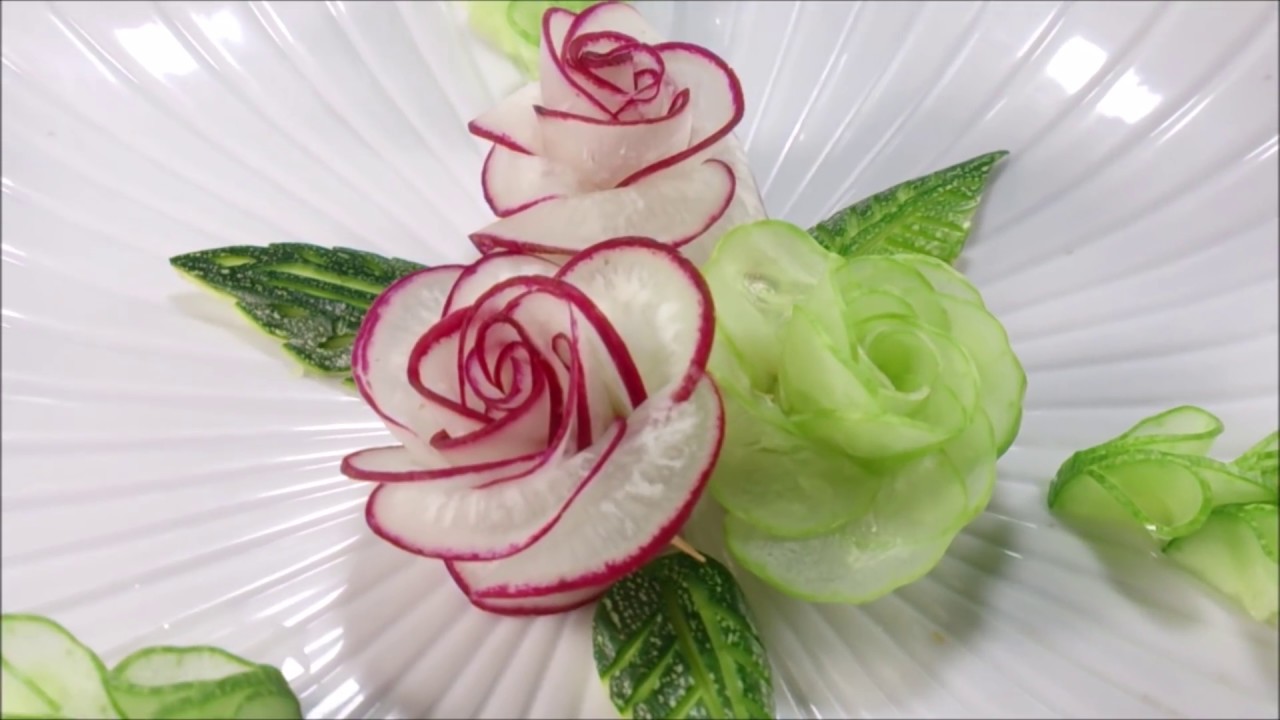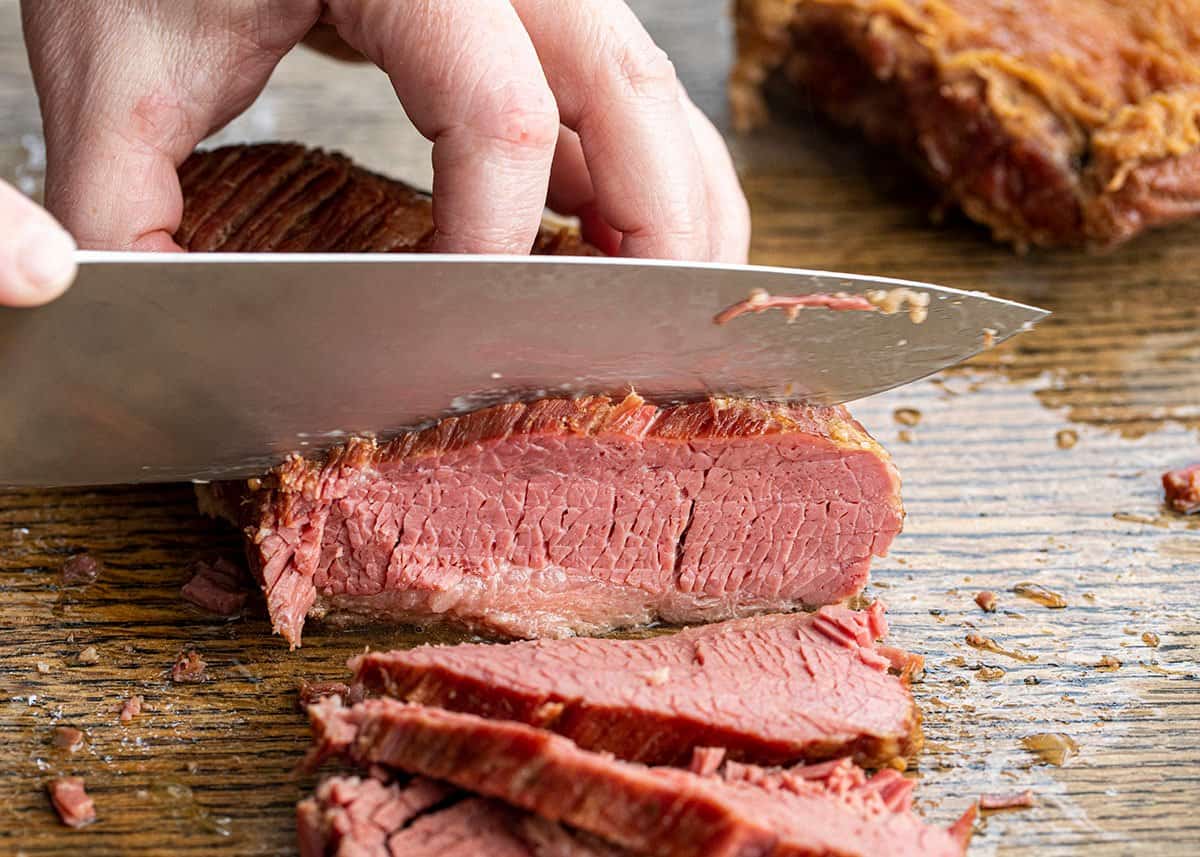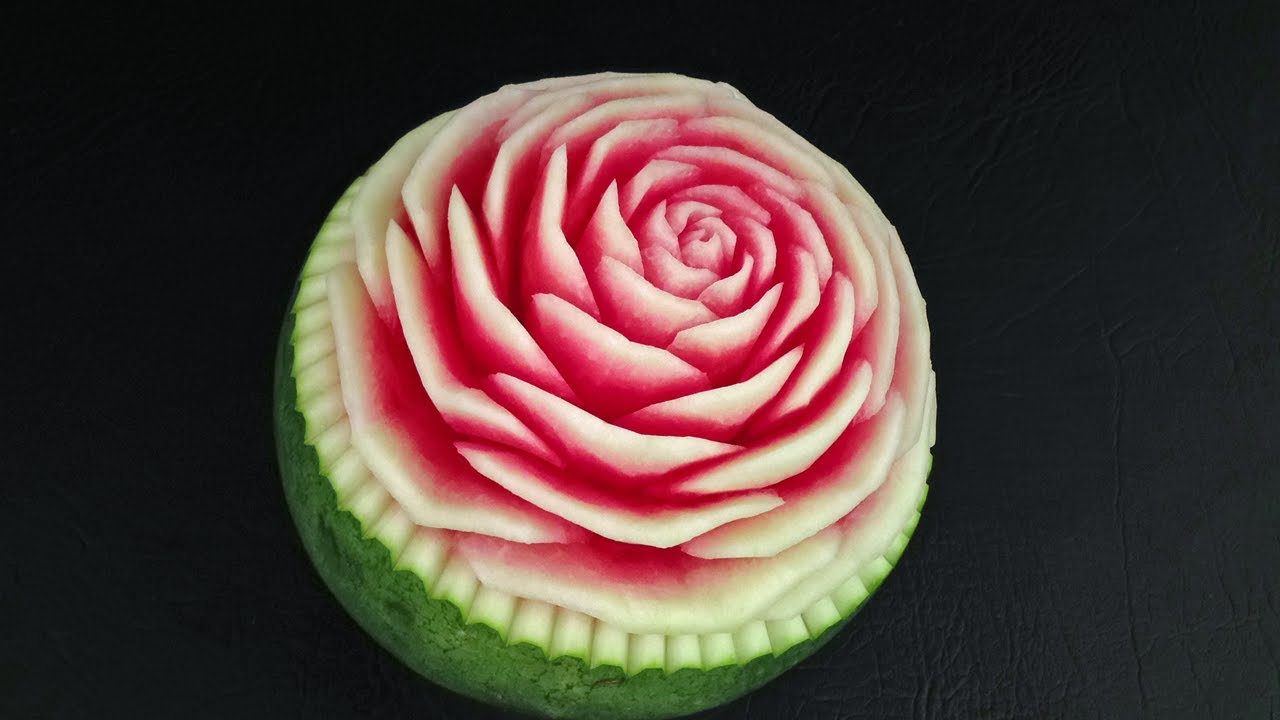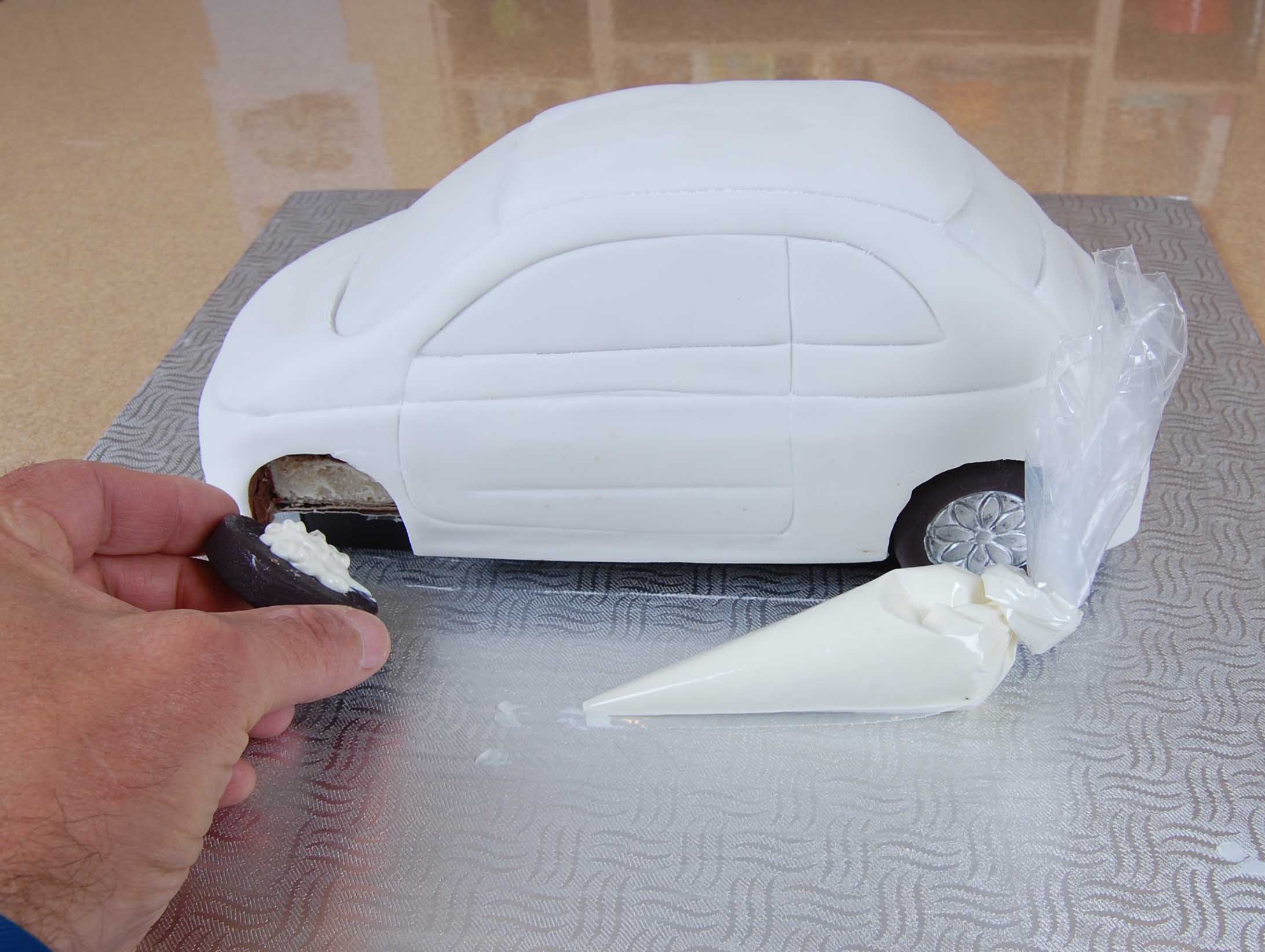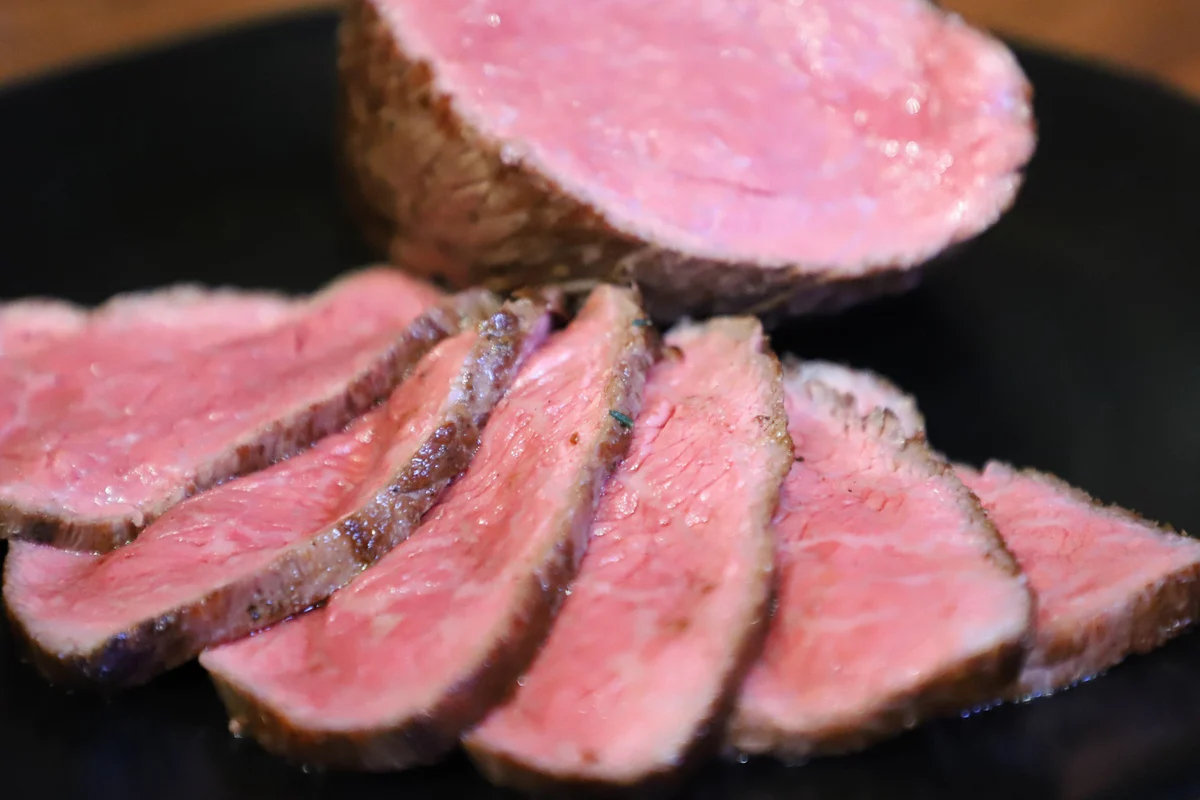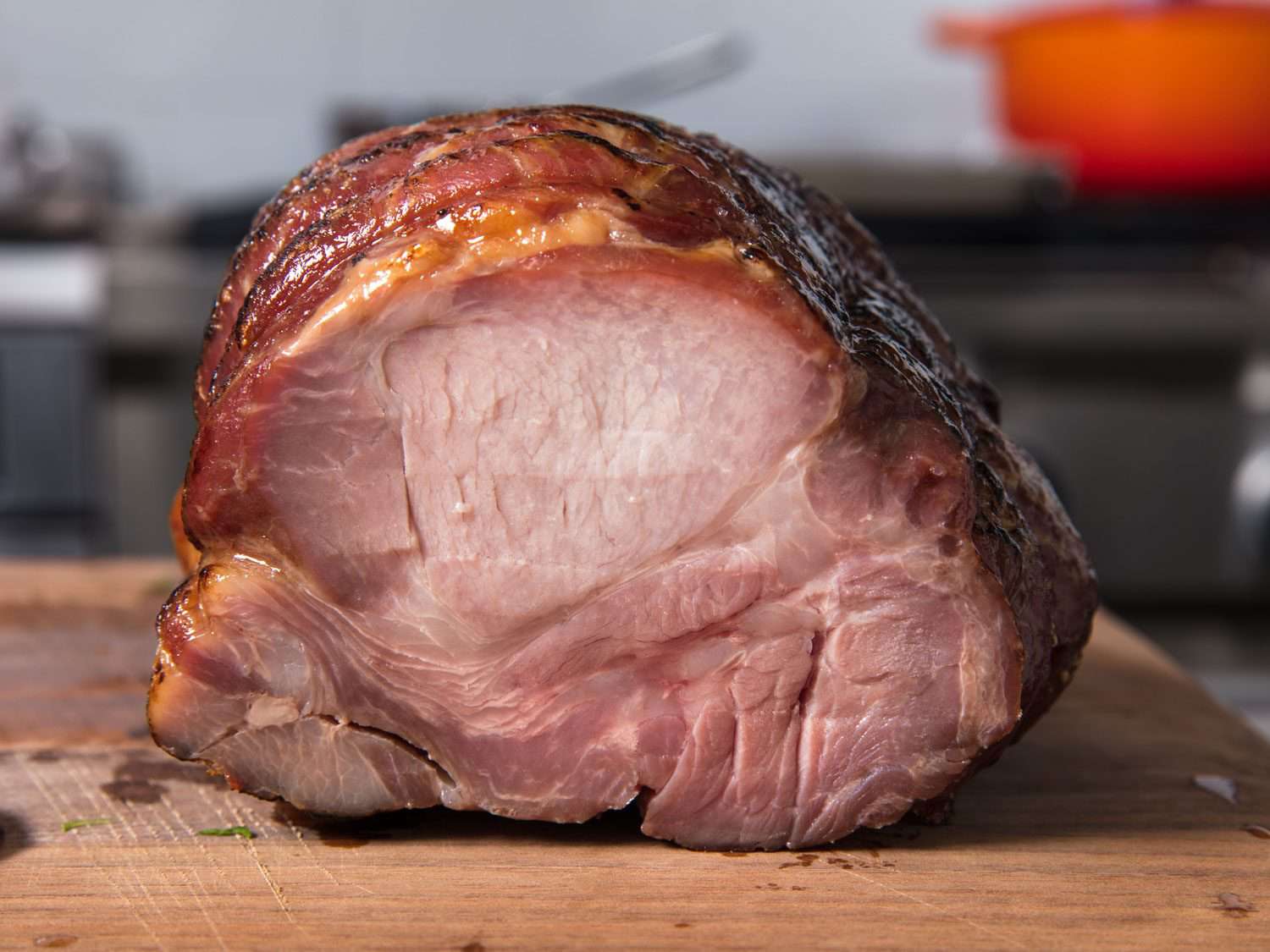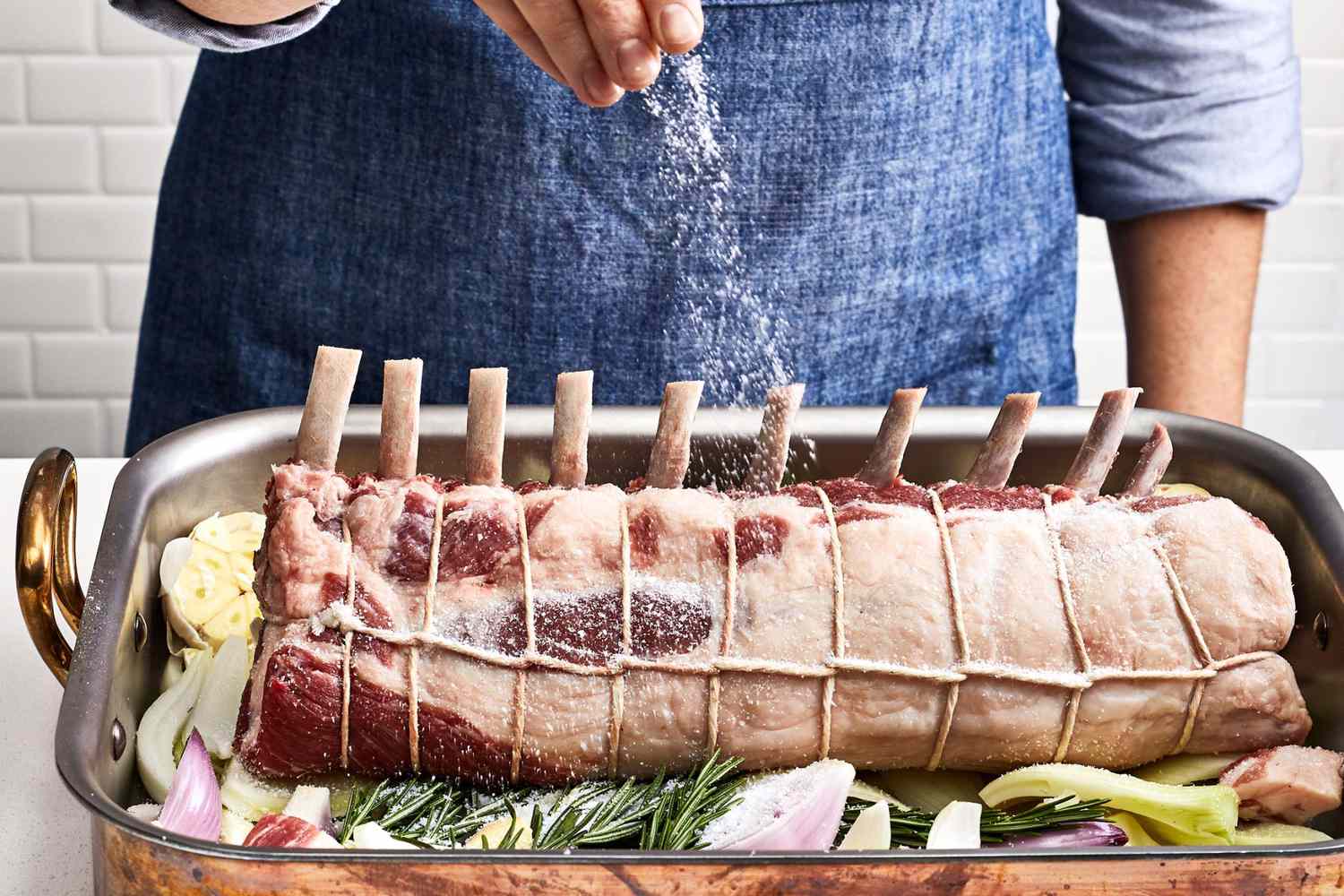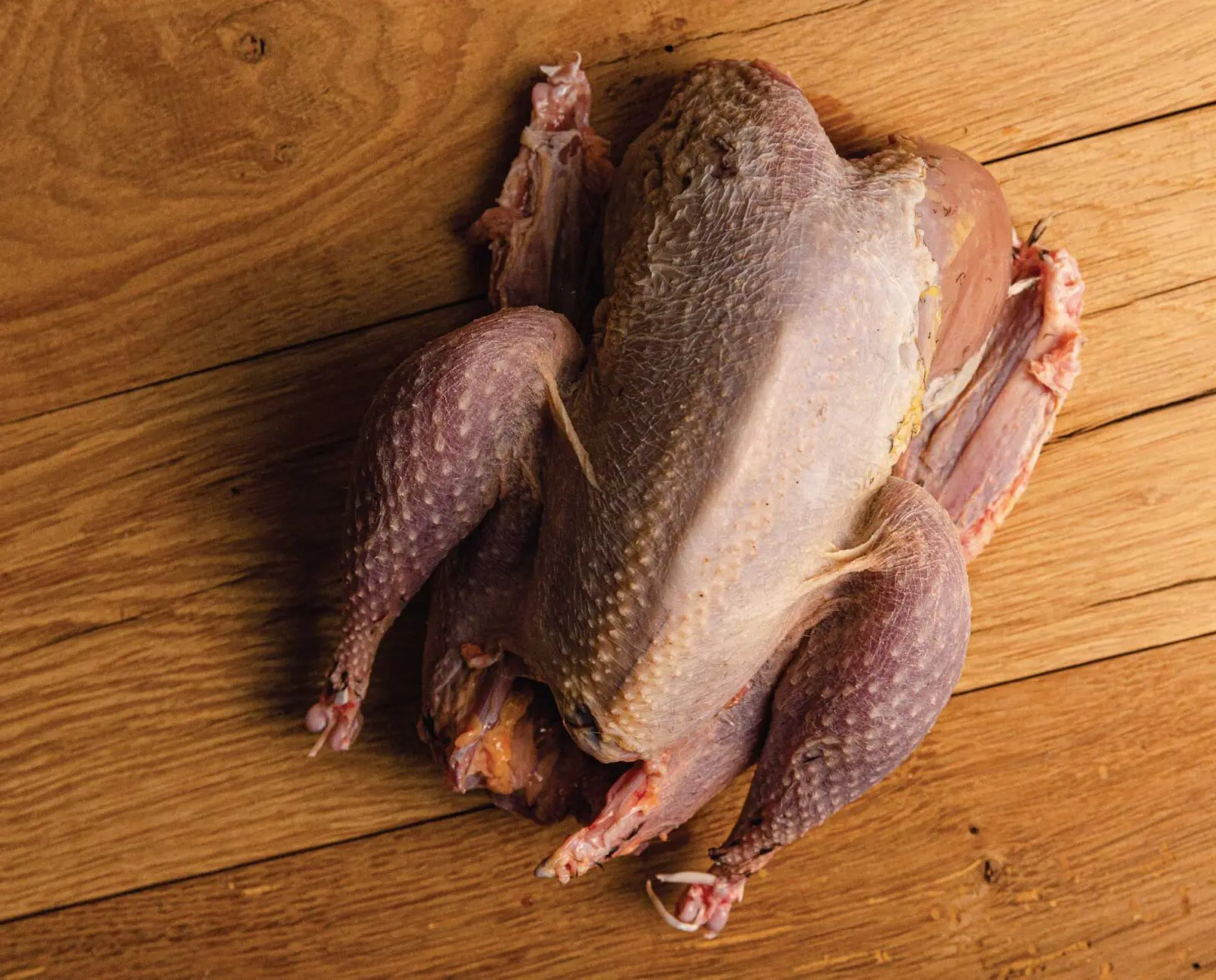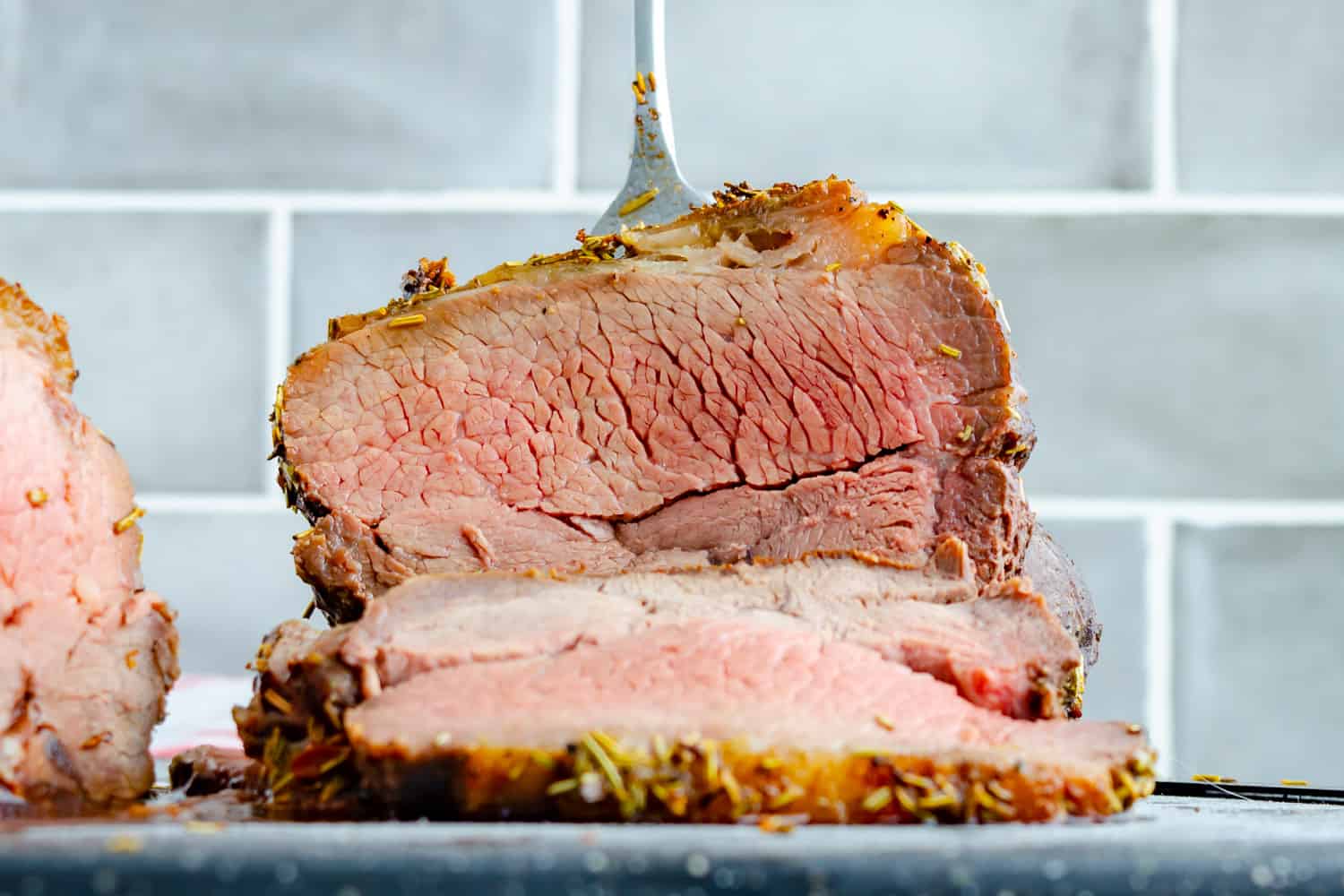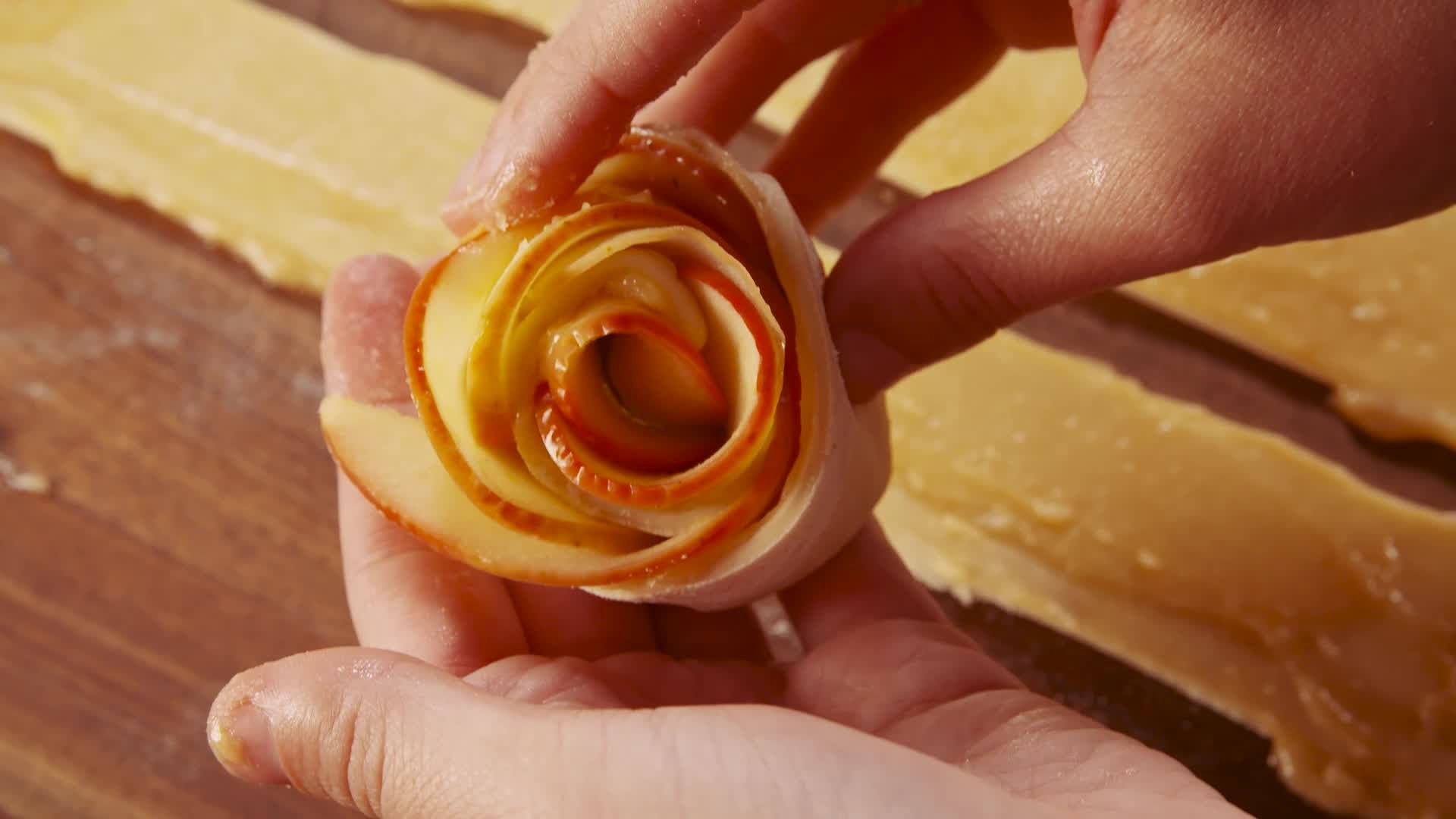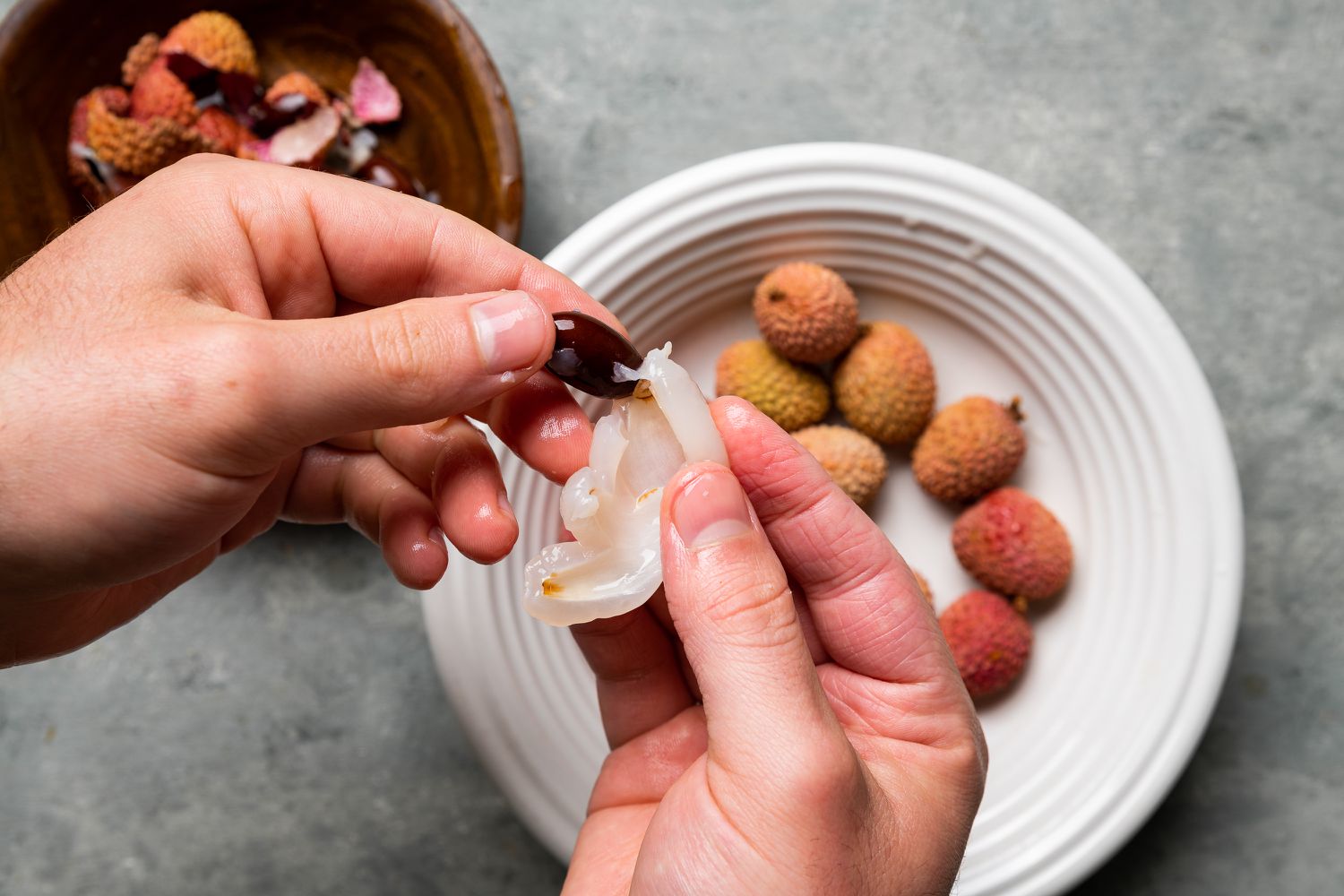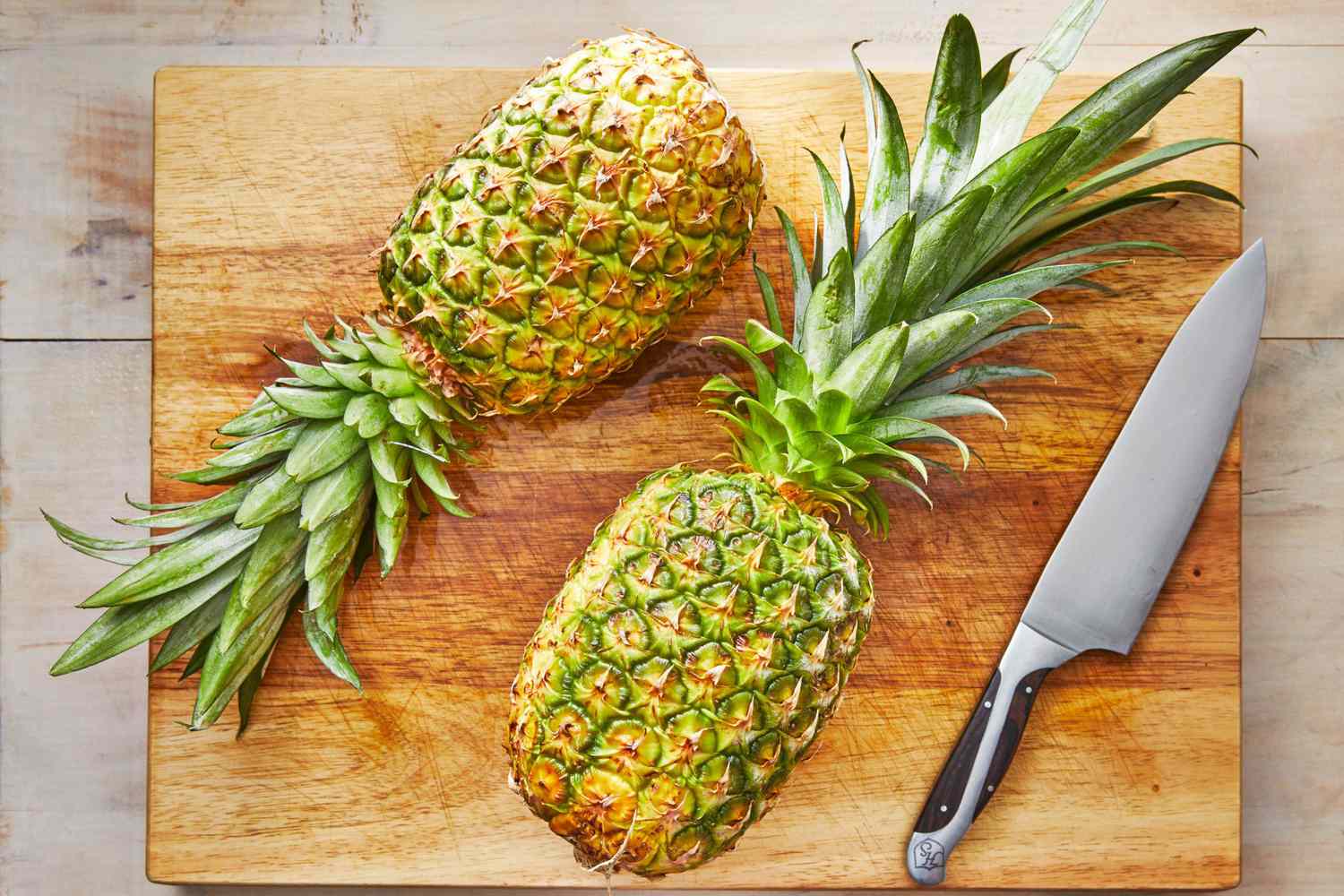Mastering the Art of Carving Brisket Point
Brisket is a beloved cut of meat that is a staple at many barbecue gatherings. While the entire brisket is a large and flavorful piece of meat, the brisket point, also known as the deckle, is a particularly prized portion. Carving the brisket point requires a bit of skill and finesse, but with the right technique, you can showcase this succulent and marbled meat in all its glory.
Preparing the Brisket Point
Before you begin carving, it’s essential to properly prepare the brisket point. Here’s how to do it:
- Start by allowing the brisket to rest for at least 20 minutes after it has finished cooking. This will help the juices redistribute, making the meat more tender and flavorful.
- Once the brisket has rested, place it on a clean cutting board and locate the point, which is the thicker, fattier end of the brisket.
- Use a sharp carving knife to trim any excess fat from the surface of the brisket point. This will make it easier to carve and serve.
Carving the Brisket Point
Now that the brisket point is prepped and ready, it’s time to carve it into delectable slices. Follow these steps for a perfect carve:
- Identify the direction of the grain. The grain of the meat runs in one direction, and it’s crucial to carve against the grain to ensure tenderness.
- Using a sharp carving knife, slice the brisket point against the grain into thin, even pieces. Aim for slices that are about ¼ inch thick.
- As you carve, be mindful of the marbling in the meat. The brisket point is known for its rich marbling, which adds flavor and juiciness. Ensure that each slice contains a good balance of meat and fat for optimal taste and texture.
Serving the Carved Brisket Point
Once you’ve expertly carved the brisket point, it’s time to present it to your eager guests. Here are some serving tips to elevate the experience:
- Arrange the sliced brisket point on a platter, overlapping the slices slightly to create an enticing display.
- Consider offering a variety of sauces or condiments on the side, such as barbecue sauce, horseradish, or chimichurri, to complement the rich flavor of the brisket.
- Pair the brisket point with classic barbecue sides like coleslaw, cornbread, and baked beans for a well-rounded and satisfying meal.
Conclusion
Carving a brisket point is a culinary art that, when done right, can result in a mouthwatering and memorable dining experience. With the proper preparation, carving technique, and serving finesse, you can showcase the rich flavors and textures of this prized cut of meat. Whether you’re hosting a barbecue or simply enjoying a special meal at home, mastering the art of carving brisket point is sure to impress your guests and elevate your culinary skills.
